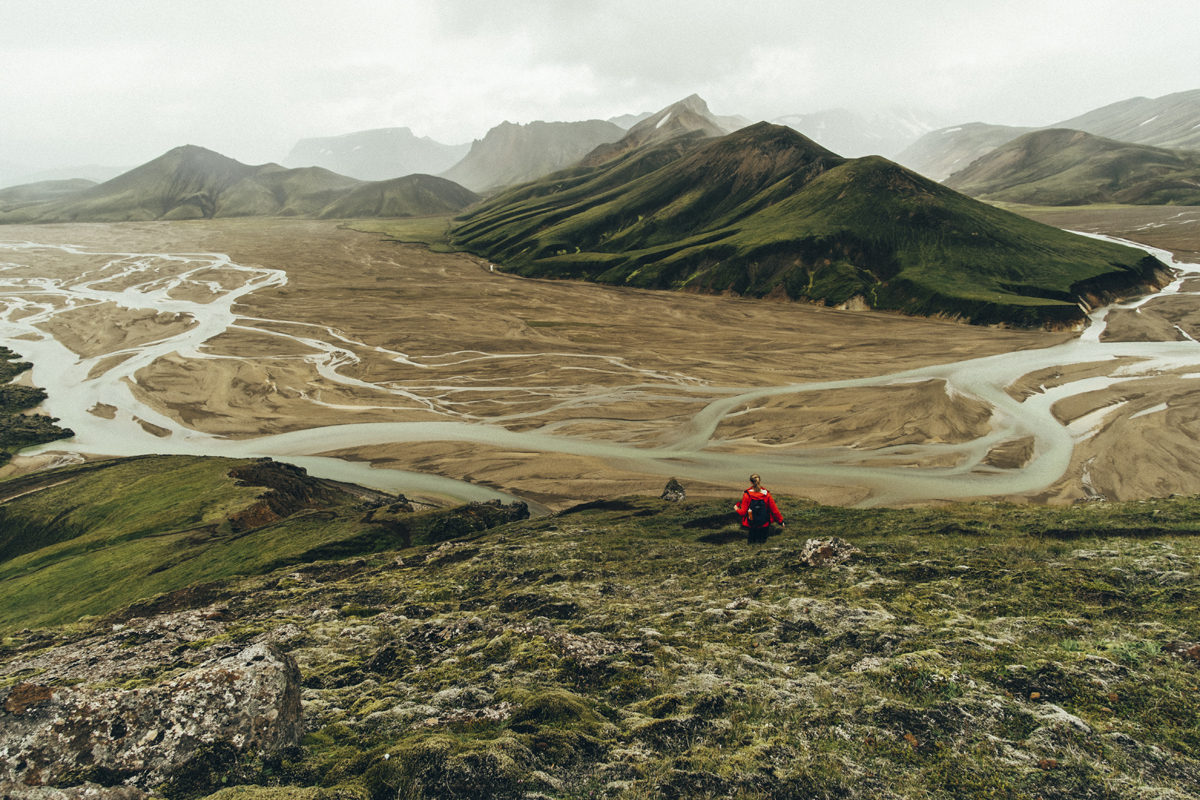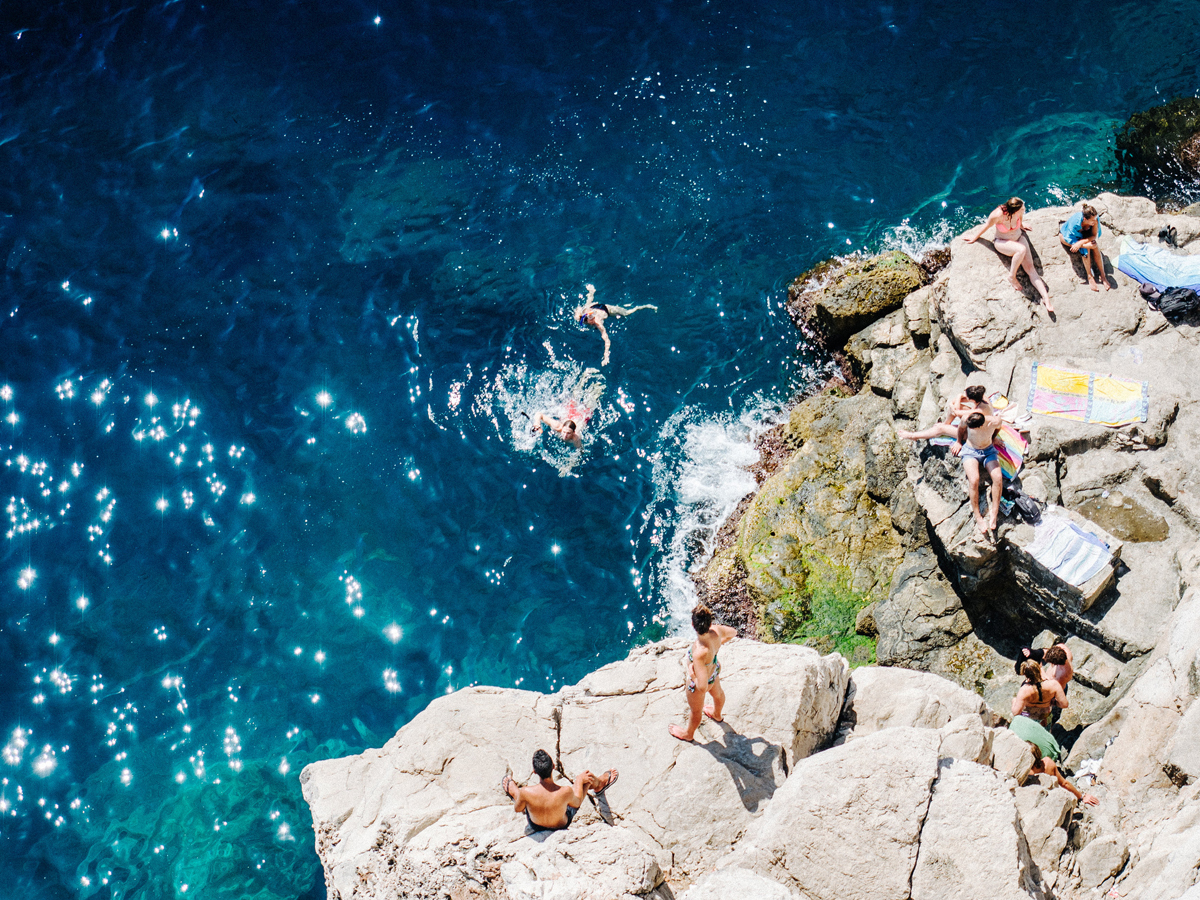Less is more – Lightweight and mobile with the Olympus XZ-2 and E-M5
Introduction
Professionally I work in a creative field but around 3 years ago, I started pursuing photography myself, and it has turned into an obsession. I find genres can be limiting but let’s say I am focused on travel and event photography. I sell some of my images via EyeEm which means they end up on Getty Images and elsewhere. Through sales and social platforms like Flickr my pictures have been used a lot digitally and in print on book covers, in Taiwan and Chile respectively. It’s very gratifying to see other people like and use your work! I’ve also been asked to do some jobs, which has been fun as well. I live in Berlin, a city with plenty of photographers, but I am originally from Canada.
What’s in your bag? Not a lot of camera equipment
I just got back from a trip to Iceland. It seemed as if every second person had a DSLR and the “serious” photographers had a large tripod to boot – not to mention heavy backpacks, which I assume were brimming with expensive glass. I on the other hand essentially had my camera with a standard zoom lens mounted and a wide-angle lens in my cargo pants; I had a GorillaPod in my backpack along with extra batteries and my lens pen for cleaning on the go. That was about it. In theory, I could have carried everything on me and left the backpack at home – if the weather didn’t change so often in Iceland.
Without gear like multiple lenses, a large tripod, stackable ND-filters and the like, I do miss out on the daytime long exposures and resulting milky skies, but I am far more mobile and can get into some more interesting and potentially difficult positions and hopefully get some unique angles and perspectives. This is also very helpful if you are photographing something that has been photographed a lot, which is the case for many places in Iceland, for instance.
As a result, I also have a larger range and can cover more distance in less time. The other advantage to taking less gear with you, is that you now have extra space in your day bag for dry socks, a decent raincoat and food – which increases your range and endurance even further. Yeah!
Doing without interchangeable lenses – The XZ-2
Olympus cameras are ideal for travelling light. I started taking photos on the Olympus XZ-2, and eventually moved on to the E-M5, which I consider to be my first serious camera. However in certain cases, when I wanted to slim down my kit to the bare minimum, I would dust off my XZ-2 and take it with me instead. It’s a nifty little camera and you still have total control over the exposure. It also shoots RAW, which means you can recover information from shadows as per usual, despite the smaller sensor. The fixed zoom lens can be a limitation, but limitations also offer a degree of freedom. You don’t get the crazy bokeh effect but you have enough flexibility for most situations.
I often considered the XZ-2 to be a sacrifice; I was losing quality and potential for portability. I wanted to leave my better cameras at home because either it was going to be too big and too heavy, or there was a risk of my camera being damaged, or both. The situations that come to mind were concerts (where I was a spectator and shooting for myself, not the artists) or when being active outdoors in dicey terrain. I’ve learned that reducing your gear is not a sacrifice, but a necessary compromise. Two important shots come to mind, that I would never have gotten because I would have left my bigger camera at home.
This one was taken during a concert, there’s nothing super special about it, it’s pretty generic actually, but it is by far the photo purchased most often online. Currently it’s still not possible to get that kind of quality from your phone in a difficult lighting situation, and I have other decent pictures from that concert.
The second one I would classify as my first a-ha moment. I was skiing and had the XZ-2 slung over my shoulder as we were out that day. To my surprise, a recognized very quickly the unique composition, the line of people heading into nothingness, and quickly, instinctively pulled the camera off my chest, framed and took the shot. Pressing the shutter, I knew right away that it was a good shot – it was the first time I had that feeling. I supposed I realized that if I had the camera in my bag, or not with me at all, I would not have gotten those shots. As a result I see the value and try to apply the principle of mobility to my photography. I’m not saying it’s the right way to do things, it’s just my preference.
Patience, planning and persistence are still important
Having said all that, I hope I’m not giving the impression that when I’m out taking pictures, I’m constantly on the prowl roving the countryside like a shark looking for prey. I do tend to get overexcited when I am in a new and interesting place. I think a lot of people, like me, see lots of potential and interesting angles and you try to catch as much as possible, as quickly as possible – before you have to move on to the next place. Obviously, the over-excitement combined with time constraints can often lead to hasty work.
I have to remind myself from time to time, that patience is a virtue, and waiting for the right moment and the right light, can mean the difference between a good shot, and a great shot. Planning is important way to use time effectively, I try to do as much research as I can when I know that I am going somewhere, so I know what locations I want to hit, where some good vantage points are, and at what time. So far I’ve usually been able to find great information on blogs or forums from other photographers who know some interesting and hidden spots – like parking garages. The last P is the hardest for me: persistence for me means really working a scene, getting high, getting low, and trying out different things and if it comes to it, circling back to the same place in better conditions or even just with fresh eyes.
My gear and my workflow
I still love my Olympus OM-D E-M5, I have the 12-40mm PRO lens, which is a great allrounder, but mostly I love the Olympus primes. I would love to buy a Pen-F and do some street photography with the primes, but recently I bought from another manufacturer because I needed a larger sensor for certain jobs. Unfortunately new Micro Four-Thirds purchases are going to have to wait for the moment. Depending on the type of shoot I also have some extra gear at home: I imagine everyone has a decent reflector; I have a FL-600R flash and a soft box I would like to use more; a lot can be done with natural light and simple white background sheet as a diffusor.
I am somewhat of a digital hoarder, I shoot RAW in order to have maximum flexibility with my images, but it eats a lot of disk space. When I got started, I experimented a lot in Photoshop stitching various images together and what not, but I have since gone completely in the other direction. I try to get everything right in camera. This includes simple things like white balance and making sure the shots is level; all the little corrections add up and can slows down your post-processing. It is a very dire case indeed that I open Photoshop and use my Wacom tablet. So far, I have avoided the Creative Cloud so I still use Bridge (I can hear you gasping). I generally go through a series, rate the images, and delete the worst of them. I apply a VSCO preset – I have four packs, but over time, I have gravitated to a single film emulation. I then adjust the finer points in Camera Raw. If it was a big job, I will define a preset for a series with the same lighting conditions to save time.
Influences and my year so far
I like a photographers from a wide range of genres – I think it’s important to look a broad range of styles, even if it’s not always stuff I like to shoot. Michael Salisbury for instance takes great photos of cityscapes, compositionally the pictures are very ordered and at the same time very compelling. Max Muench also takes world-class images and makes you want to get up and go to interesting places. Louis Dazy takes badass double exposures on film, he nails mood and atmosphere on the nose – the pictures are just awesome.
This has been a busy year for photography: I spent a week traveling with a German band in Russia. I just spent 10 days in Iceland and flew onto to Canada after that. I’ve also done a number of smaller trips to places like Amsterdam, Scotland, Milan, etc. Next year I have a sabbatical so I will have a full month to myself – I’ll use that opportunity to travel further afield, probably somewhere like Japan.
JOIN OUR FACEBOOK GROUP

“I was born and raised in Ottawa, Canada and went to Carleton University. I did a year abroad at the Universität Mannheim in Germany and now almost 10 years on I’m still here.
I live and work in Berlin and combine my love for music and travel with my love of photography. I shoot with an Olympus OM-D E-M5, usually a 12-40 mm or 25mm prime lens – double the focal length due to the crop factor 😉 I keep my blog up to date and post regularly on EyeEm, Flickr and Instagram.”


















